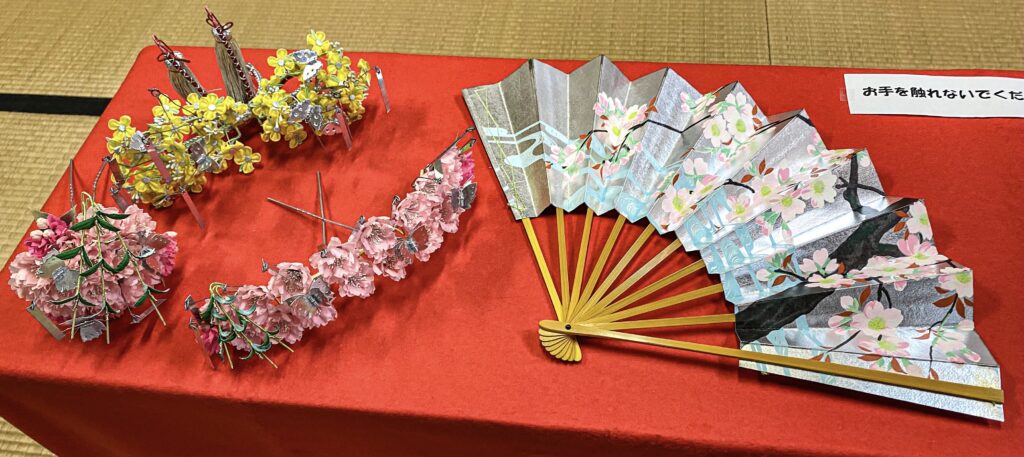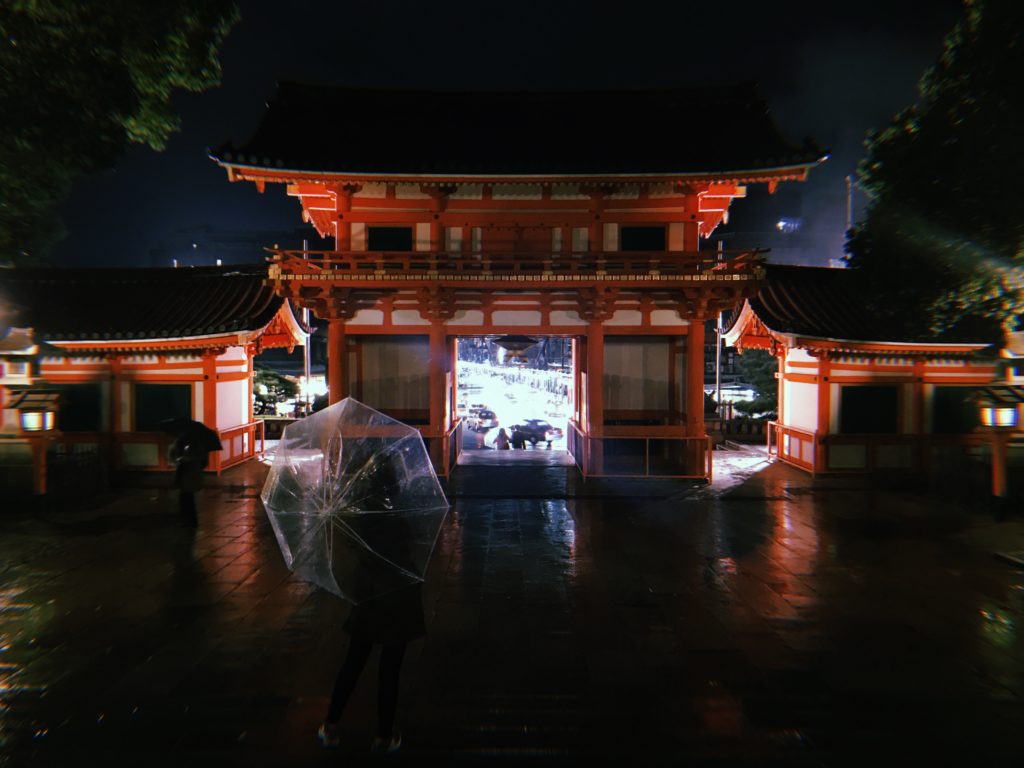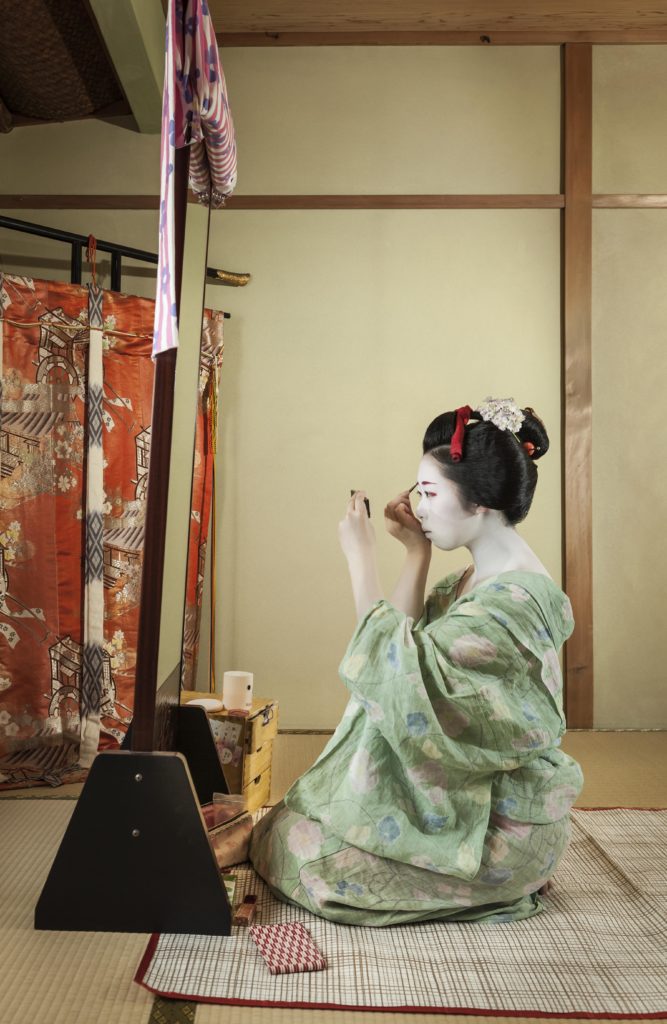
Loosening up pandemic restrictions brought refreshment to Gion Kobu—after seven years, Miyako Odori is back at Gion Kaburenjo!
(more…)
2020, a highly anticipated year, was expected to be groundbreaking, especially for Japan. The upcoming Olympics were exciting not only for the tourists but also for the business owners who invested a lot in one safe bet: the sports games would make the economy great again. The tourism industry, in particular, was thriving in 2019 indeed and 2020 would only accelerate the boom. Because of it, it might have been secure to assume that tourism is an endless gold mine of Japan. The increasing number of tourism-related services is overwhelming, especially in Kyoto and Gion, where even the famous school for geiko is being transformed into another hotel. But then, the most unexpected and terrifying thing has happened—the coronavirus pandemic, described by the Japanese prime minister as “the biggest crisis since the II World War”. What does it mean for the geisha business?
(more…)
Last year was rough. 2018 is marked with tragedies, sorrow, happiness, surprises, big decisions, and even bigger disappointments. Kyoto is still standing strong, though, despite the fact that a kanji for “disaster” is haunting us from the head temple of Kiyomizu complex. Indeed—what I like the most about Kyoto’s culture is its peaceful stability against all odds. But, as this culture greatly relies on weather conditions, sometimes the sacred customs need to be adjusted slightly. For me, personally, the kanji describing last year is “change” and “humbleness”. These two words are imminently related.

Geisha are strongly connected with the traditional Japanese dance, yet some of them choose a slightly different career path. Being a maiko automatically means a commitment to the art of kyomai and making it a priority during the whole education process. However, after a ceremony of erikae artists are free to focus either on dancing or music. Such choice is, most often, quite obvious—normally, maiko attend excessive dance training for few long years, and it’s difficult to become a full-time musician afterward. Some of the hanamachi allow to blend these two fields of interests, and there’s no need to choose only one specialty. Music career in teahouses can establish an excellent opportunity to excel as an artist and utilize natural talents.

One of the most significant parts of a geisha’s appearance is a thick white makeup on the face and neck. Oshiroi (白粉, lit. “white powder”) is also essential for kabuki actors, nihonbuyo, jiutamai dancers, and other performing artists. While geisha wear this makeup for their everyday engagements, oshiroi is normally considered as a conception used strictly on stage. Performing arts in Japan happen to be connected with creating an individual character, a brand new role of the artist. It’s visible especially among geisha and kabuki actors—they adopt new first names and surnames upon entering the world of theatre and dance. Accordingly, they create a brand new character—connected to the pseudonym—with oshiroi. A dancer’s face has to be still as a mask—and oshiroi allows this kind of an emotional retreat. Sensations are locked in the dancer’s body motion and eyes expression. There’s no place for smirks, tears, nor frowns.